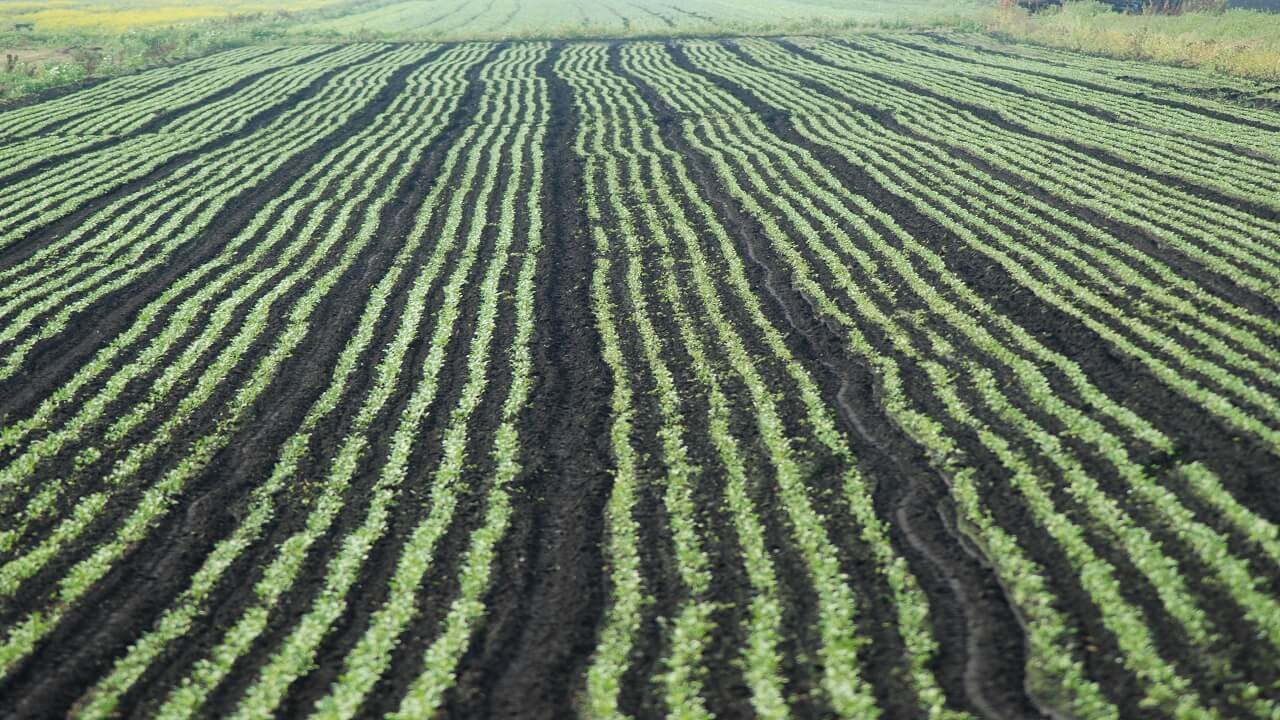- このトピックは空です。
- 投稿者投稿
- 1月 21, 2025 11:17 pm #543352

Cassava is a versatile and drought-tolerant crop that plays a significant role in food security and agriculture in many tropical regions.
Planting cassava requires careful attention to detail, as different methods of planting can have a significant impact on the crop’s growth, yield, and overall health. Choosing the right planting method ensures a successful harvest and optimizes production.
This article will explore the various methods of planting cassava, highlighting their advantages and best practices.
1. Stem cutting method
The stem cutting method is the most widely used technique for planting cassava. In this method, healthy, mature cassava stems are cut into pieces, each with at least one or two nodes. These cuttings are then planted in the soil, with the lower end placed in the ground.
The cassava cuttings are typically planted at a slant to allow for better root development. The stems are chosen carefully, as they should be free from diseases or pests, ensuring a healthy crop.
This method is preferred because it produces high-quality tubers and is relatively simple to execute, making it suitable for both small-scale and large-scale farming operations.
2. Mound planting method
The mound planting method involves preparing mounds or ridges in the soil, usually about 15–20 cm high.
Cassava cuttings are then planted vertically or at an angle on top of the mounds. This method helps improve drainage and allows the cassava roots to grow deeper into the soil, promoting better root development.
The mounds also help protect the cassava plants from waterlogging during heavy rains. This planting method is particularly effective in areas with heavy or poorly-drained soils, as it reduces the risk of root rot and ensures optimal growth conditions for the crop.
3. Flatbed planting method
The flatbed method of planting cassava is commonly used in areas where the soil has good drainage and is well-structured.
In this method, the land is plowed and leveled to create a flat planting surface. The cassava cuttings are then spaced at appropriate intervals along the rows, which are marked using a planting stick or string.
The flatbed method is best suited for regions with a stable climate and soil conditions that do not require the extra protection provided by mounds.
While this method can be more labor-intensive, it is ideal for farmers looking to plant cassava in areas with favorable growing conditions.
4. Spacing and row planting method
Spacing and row planting is another common method used for planting cassava. In this technique, cassava cuttings are placed in rows with specific distances between each cutting, typically 1 meter apart. The rows are spaced about 1 meter to 1.5 meters apart, depending on the variety of cassava and the soil type.
Proper spacing allows the plants to grow without overcrowding, reducing competition for nutrients, water, and sunlight. It also facilitates better air circulation and helps reduce the risk of diseases.
This method is often combined with other planting techniques, such as stem cutting or mound planting, to enhance crop growth and productivity.
5. Intercropping with other crops
Intercropping cassava with other crops is a method used by many farmers to maximize land use and improve soil fertility. In this technique, cassava is planted alongside crops such as maize, beans, or groundnuts.
Intercropping can help reduce the spread of pests and diseases, as well as improve soil structure and fertility through crop rotation.
This method also provides additional income for farmers, as they can harvest multiple crops from the same piece of land.
However, it is important to choose compatible crops that do not compete for resources with cassava, ensuring that both crops thrive.
In conclusion, the methods of planting cassava vary based on factors such as soil type, climate, and available resources.
Whether using the stem cutting method, mound planting, flatbed method, row planting, or intercropping, each technique offers distinct advantages that contribute to the success of the cassava crop.
By selecting the most appropriate planting method, farmers can maximize yields, reduce risks, and ensure the long-term sustainability of cassava production.
As cassava continues to be a crucial crop for food security and agricultural development, understanding these planting methods is key to fostering productive and profitable farming practices.
Read Also: How to process cassava for poultry feed: a practical guide
- 投稿者投稿
- このトピックに返信するにはログインが必要です。






